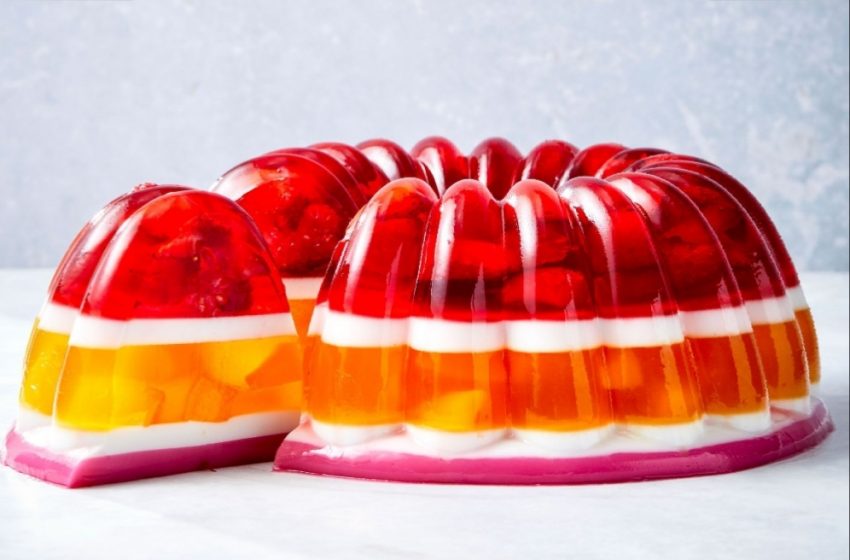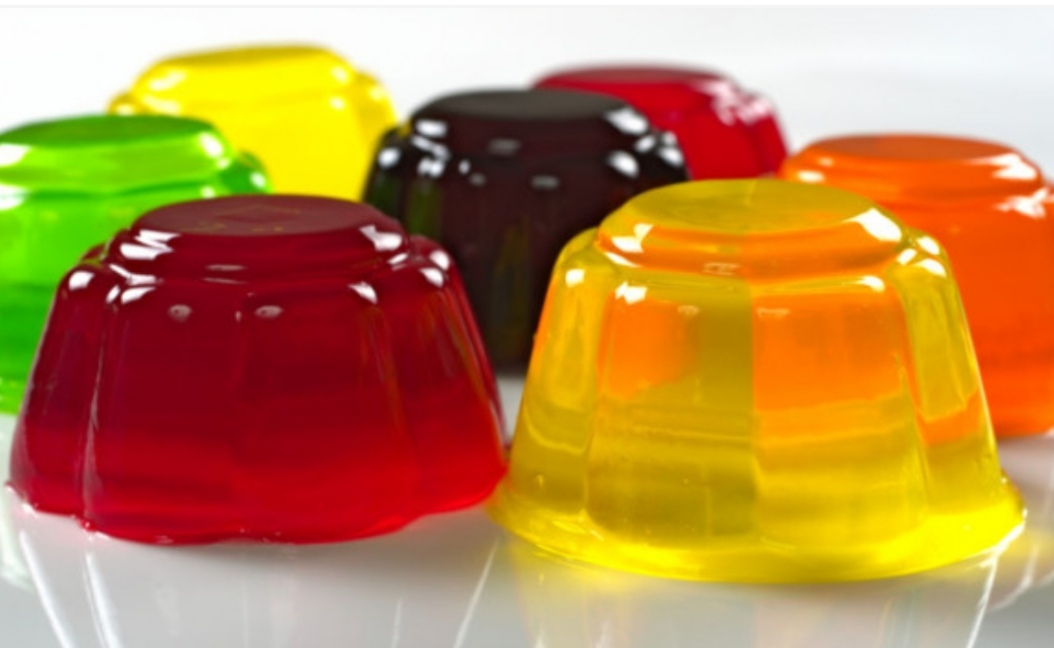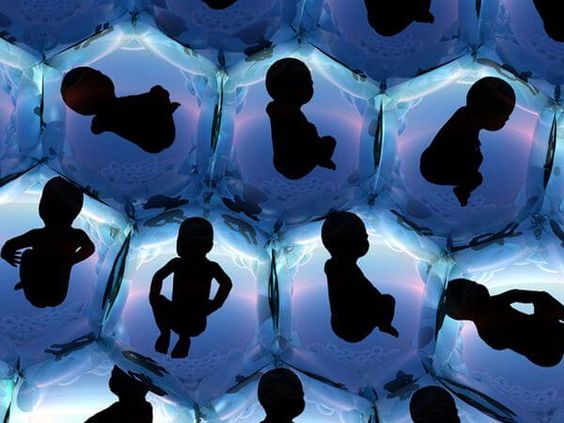Why so Wobbly?


What the Jell?! From our favorite desserts –Jell-O to Pana cotta – and meaty side sauces, foodies, we can guiltlessly come into terms with how delicious these dishes are. But what’s the chemistry behind an ethereal bite? If you’ve decided to read on, you most probably- almost definitely- are curious about what makes jelly wobble…
Gelatin you say?
Colorless, odorless and tasteless yet assumes a versatility ranging from food to pharmaceuticals to even photography and paper production! –That’s no secret ingredient. Gelatin, (aka) processed collagen, is mostly derived from pig skin (having 25-35% collagen content) and cattle hinds and is used as a thickening agent. You’ve most probably come across collagen in your school textbooks, so let’s first take a peek at that!
Collagen is the most abundant protein in the human body, forming most of our connective tissues. Consisting of three string-like polypeptide chains that intertwine to form an alpha helix, it is a fibrous structural protein. When extracted, processed and powdered, all you need to do is hydrate the gelatin to see it in action!
Gelatin is hygroscopic (has a tendency to absorb moisture) and when bloomed (mixed with warm water), string-like gelatin proteins unravel as weak, non-covalent intermolecular bonds are broken and somewhat wiggle about chaotically. When cooled, these molecules loose energy and tend to associate with each other. Bonding occurs at particular points along the strands as they try to regain their helical structure. This then forms junction zones and pockets capable of holding the surrounding liquid. When the gelatin “sets”, a matrix or rather microscopic mesh is made. This viscoelastic, semisolid colloidal gel is thermo-reversible. (What a mouthful!) This means that when heated, it will return to a liquid form and is a cold-setting polymer.
Substitutes…
If you are not exactly a meat-lover, chances are you gasped when you found out what Gelatin is made out of! Unlike the creamy, opaque sauces thickened by starch and flour, gelatin gives you a clear syrup-like texture. Nonetheless, there are vegetarian substitutes for Gelatin –Hooray!
On the contrary, these are made of carbohydrates as opposed to proteins and are extracted from algae. Agar (Kanten) and Carrageenan (Irish moss) are such examples derived from red algae. In comparison to gels made from gelatin, gels from agar require agar to be boiled in order for the carbohydrates to completely dissolve. Whereas, boiling would only weaken and reduce the viscosity of gel made of gelatin. As gelatin has a melting point in proximity to that of your body temperature a mouthful of desert made of gelatin is likely to melt and coat your tongue: this is not the case with agar. Moreover, agar has a better gelling capacity than gelatin. Why? A rough look at the statistics ought to tell you! To gel one cup of liquid you would approximately need ½ teaspoon of agar but around 2 ½ teaspoons of gelatin to do the same job.
But all in all, in times of climate change and the need, now more than ever to adapt to greener lifestyles and take initiative, shifting to sustainable consumption plans is food for thought. The labor and capital incentivized to produce, transport and consume food has its toll on our environment. With megatons of food waste on the rise, ironically a mean of 9 million deaths occur from hunger and starvation per year (UNFAO). What would it mean to change our food consumption patterns as conscious consumers? To live in adequacy and sustainably? Would that still mean sticking to wobbly jelly?
SAMATHI RAJAKARUNA
Links:
https://www.finecooking.com/article/the-science-of-gelatin. https://www.scientificamerican.com/article/what-is-jell-o-how-does-i/# https://www.youtube.com/watch?v=l6_erCq7Oso : What is Gelatine? (Gelatin / Jello) https://www.youtube.com/watch?v=6qMAtmRQkXI : How Gelatin Works As Explained By Alton
Brown



